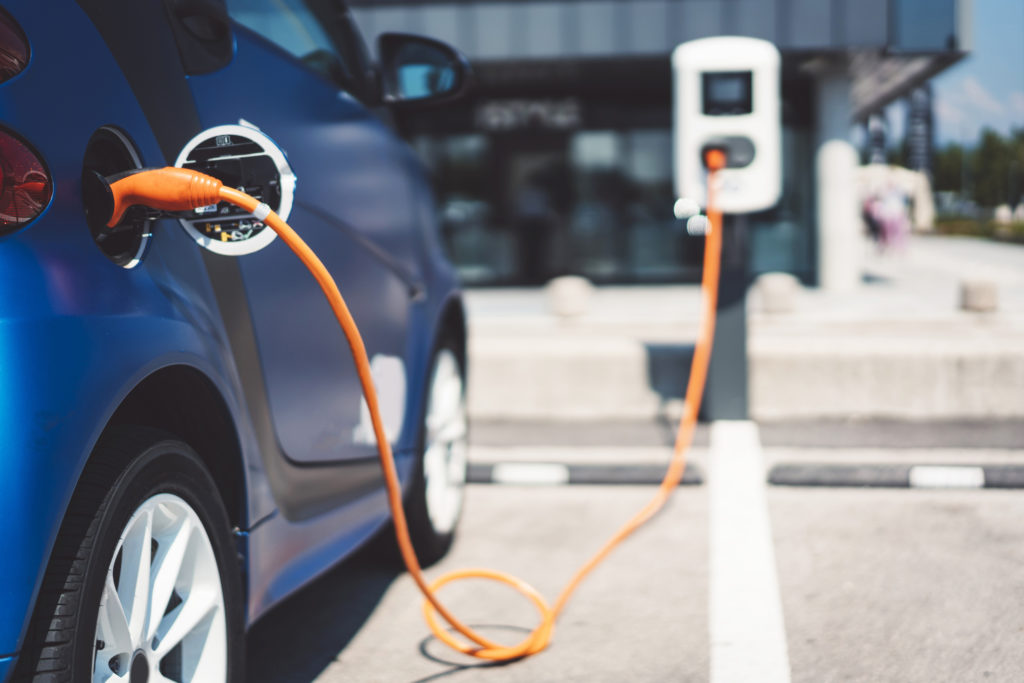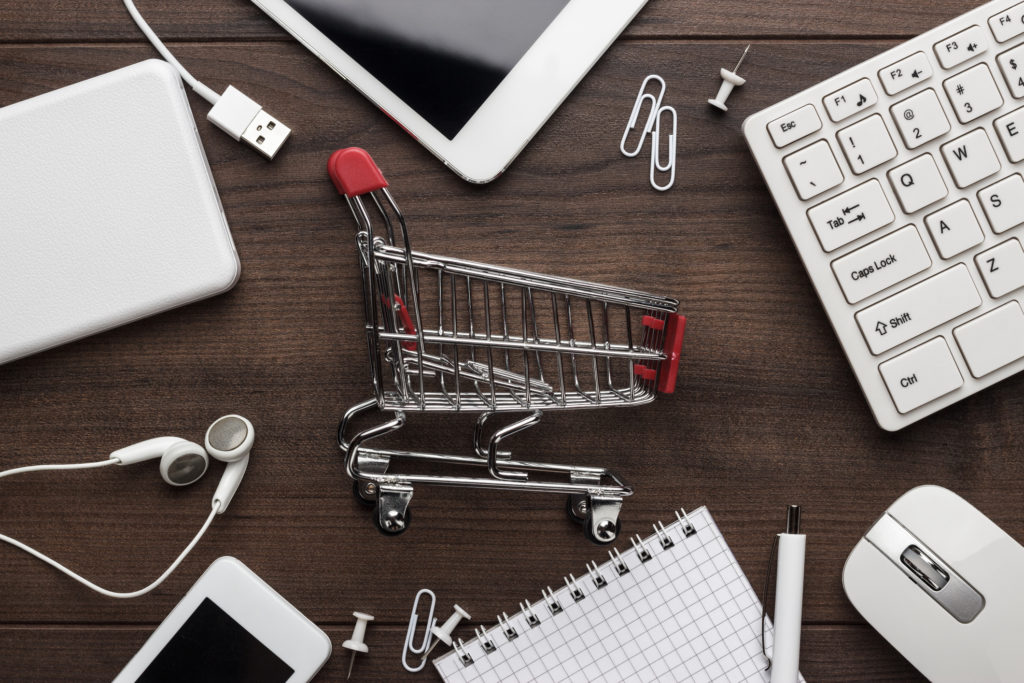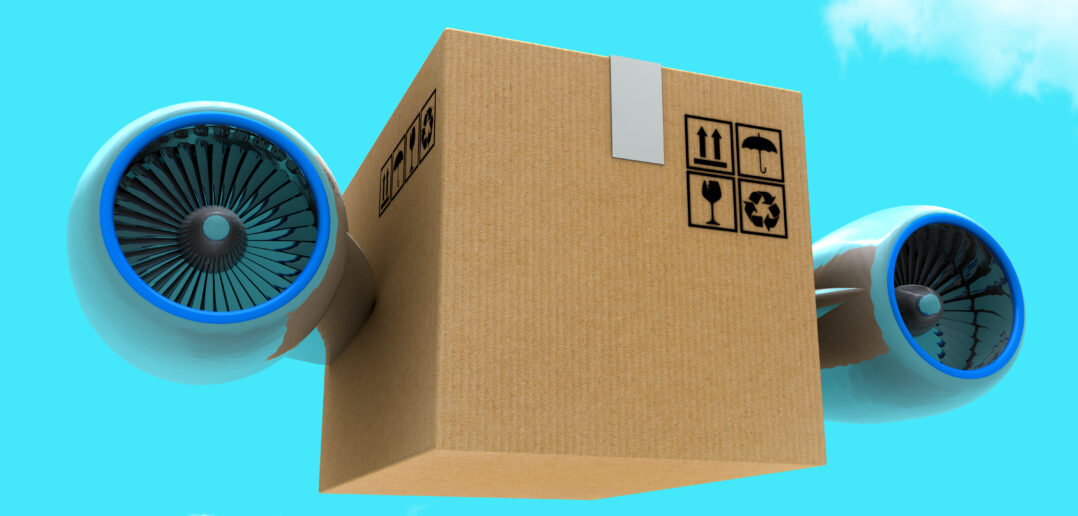Almost 25% of consumers are willing to pay a premium for same-day delivery[1]. Millennials are expected to bring this number up over time, as they list speed as their main concern about online shopping[2]. E-commerce and online retail are expected to dominate conventional retail channels by 2021, in both North America and Asia-Pacific[3].
Amazon Prime, a “free” delivery program for members that pay a fixed annual fee, has more than 100 million subscribers worldwide. Through its specialty grocery store, Whole Foods, Amazon’s Prime Now is now available for same-day delivery (or 30-minute pick-up in some locations) across 38 US cities. In Europe, E-commerce has shown double-digit growth which is projected to continue. There is no question that e-commerce is here to stay. However, the “behind the scenes” logistics to get customers their items quickly is not always seamless.
Local regulation in many cities impose city access restrictions for commercial vehicles, making it more time-consuming and expensive for deliveries to reach their final destinations. Additionally, in an increasing number of cities, urban warehouse demand is outpacing supply. In Vancouver, rents have gone up 13.6% from the fourth quarter of 2016 to the fourth quarter of 2017, making it Canada’s priciest city for industrial space. In London, total take-up of industrial space grew by 60% from the first quarter of 2017 to the first quarter of 2018. Higher rent prices combined with increasing regulation may over time translate into challenges for the logistics industry to meet customer’s demand for “fast and cheap”.
The logistics behind deliveries is built around distribution routes and hubs which, in early stages of the delivery process, allow for large-scale movement of parcels while creating efficiencies through economies of scale. Automatic storage and retrieval and GPS-guided trucks also facilitate this process. Yet, the closer the package gets to its final destination, the more scattered are the drop-offs. For this reason, the last portion is recognized to be the most expensive, inefficient, noisy and polluting portion of the segment. Companies who are willing to go the extra mile through pioneering of delivery innovations are the ones who will win the parcel delivery game. Opportunities for the logistics and specifically the last-mile delivery industry include:
Electric vehicles
Supported by appropriate investment and charging infrastructure, electric vehicles could help to solve a number of the main issues facing last-mile delivery. From lower environmental impact to cost-savings and greater flexibility, EVs promise to be a viable option to change the status quo. As a green alternative for diesel-powered freight, EVs can help companies reach a dramatically lower carbon footprint. However, the necessary environment for EVs to flourish is inter-dependent on a number of other technological advances like big data, which can help shipping companies to find better routes. This may not only translate into shorter routes with less traffic, but also into routes which allow more integrated sorting and planning and faster charging.

Source: spyderskidoo
Autonomous vehicles
Through the Internet of Things and big data technology the automotive and freight industry, and therefore the logistics industry, could be completely revolutionized. Although most likely coming into play later than other easier to adopt technologies, automation could greatly increase safety and efficiency and dramatically reduce costs. AVs could have more storage room, work 24/7 and reduce noise, traffic and pollution. AV-enhancement is only one of the industries which 5G will unchain. With faster data comes smarter decisions, from faster reflexes that prevent accidents to better route choices that reduce delivery time.
Click and collect destinations
Fewer, more centralized locations translate into faster deliveries for those willing to walk, bike or drive to pick up their items. In Europe, 54% of online shoppers now use this option. Whole Foods’ lockers in the US not only store groceries but also Amazon deliveries. Volvo’s partnership with Amazon Key now lets the trunk of the vehicle act as the delivery destination through an App in select destinations. A win-win for the logistics industry as well as the consumer, click and collect destinations offer money and time savings while creating a platform for innovation.

Source: loongar
Localized hubs
Location, location, location. The growth of centrally-located delivery facilities is driven by demand for same-day delivery. A new real estate “hybrid” trend has also evolved, with big-box stores leveraging their size and location to also serve as distribution facilities. Cities with higher costs of land are also starting to see multi-story warehouse developments in central locations. Goodman’s Interlink warehouse in Hong Kong has 24 stories, direct-access ramps, lift access and is LEED certified.
Urbanization and regulation
Does regulation always need to catch up with technological advances or can it create change from the bottom up? New regulation could allow for exclusive parcel pick-up and drop-off locations across busy office, retail and multifamily buildings, create incentives for electric and autonomous vehicles, and allow for logistics hubs to be closer to cities. Tying it all back together, through partnerships and regulatory support, local and state governments can help delivery companies to create smarter, greener, more efficient cities.
Conclusion
E-commerce is only expected to grow, and the logistics industry is tapping into some of technology’s most top-notch innovations to meet demand. Dynamic startups are disrupting the marketplace, with older, larger players expanding not only geographically but also in product type. The logistics industry offers tremendous opportunities for those who wisely navigate its challenges and know how to venture upon its technology-driven opportunities.
[1] Parcel Delivery: The Future of Last Mile (2016) McKinsey.
[2] https://www.radial.com/sites/default/files/180615-Fulfillment%20Study%20WP%20FINAL.pdf
[3] https://www.forbes.com/sites/michellegrant/2018/08/14/e-commerce-set-for-global-domination/#255e178abfaf



